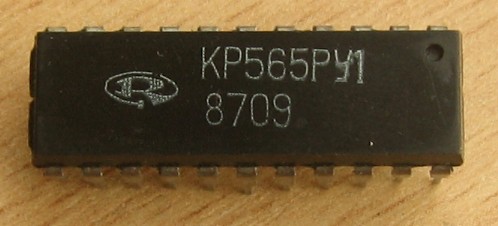May 23, 2020

In 1983 my father acquired a computer for his lab, a clone of an 18-bit address PDP-11, called SM-4. At the outset, it had a ferrite core RAM of about 32KB, which clearly was inadequate. In a couple of years, he got a semiconductor RAM module of 128KB. It would be a great improvement, but it was unreliable. It was based on the KR565RU1 DRAM chip of rather poor quality. As the system ran, the DRAM warmed up and started to fail.
I helped Dad's underlings to fix it up. We would put a board on an extension so it hung outside of the chassis. Then we ran diagnostic tests. When the test failed, we administered just a drop of ethanol on the DRAM chips. If the test started to pass again, we knew the bad chip. I replaced a bunch of those by carefully cutting the legs off, then removing the legs one by one. I did not have a solder pump at the time, and it was safer to cut the bad chips off anyway. It was important not to damage the PCB.
IIRC, about 30% of the chips were bad. Of course, the same ratio among the spare ones were bad too. But eventually we prevailed and got the RAM module running well. It served until the SM-4 was decommissioned.
Next: Memoir 6.
Posted by: Pete Zaitcev at
06:34 PM
| No Comments
| Add Comment
Post contains 232 words, total size 1 kb.
23 queries taking 0.0373 seconds, 27 records returned.
Powered by Minx 1.1.6c-pink.




